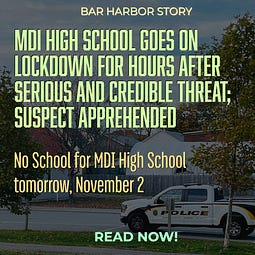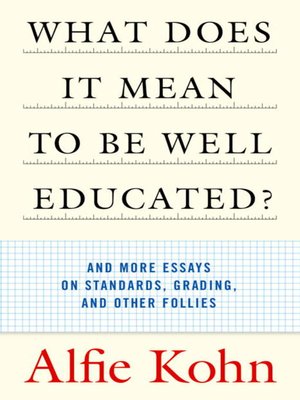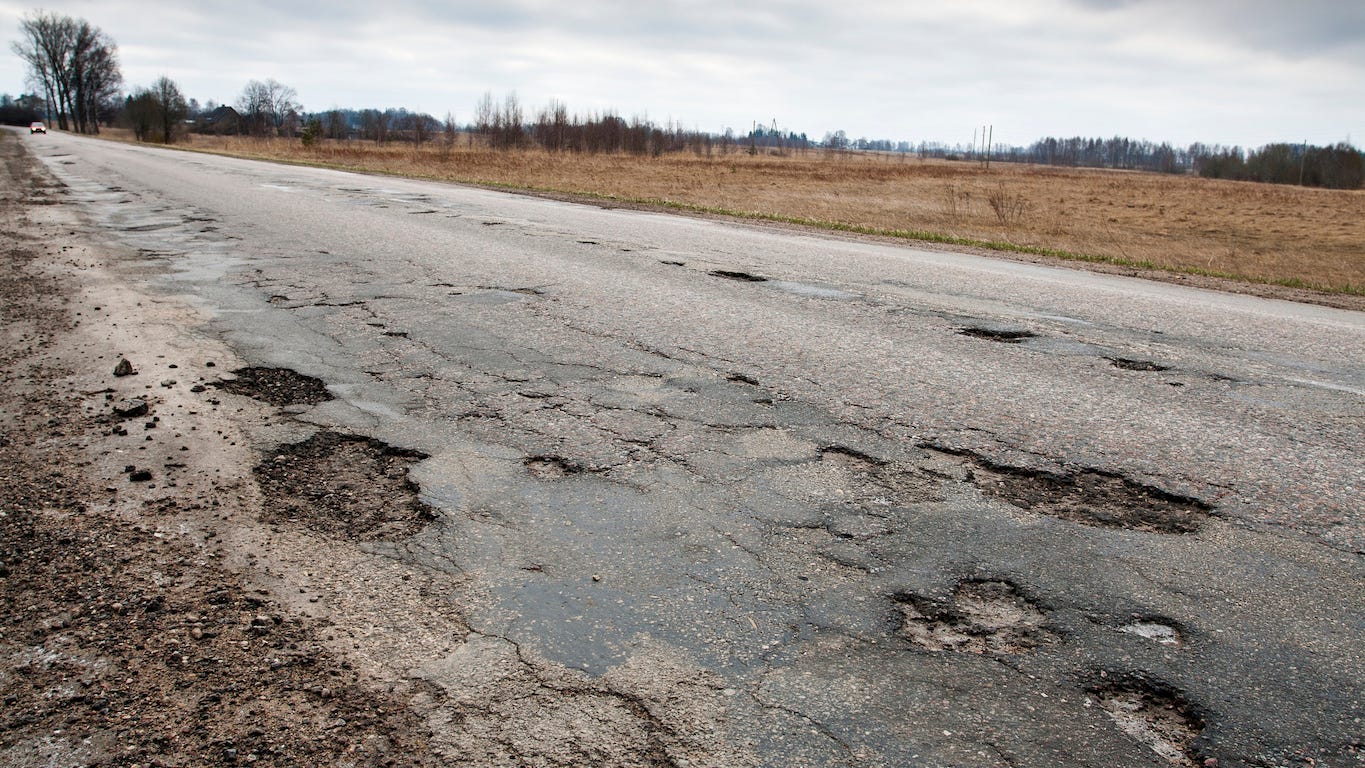It's late in the afternoon or early evening, depending how you define that. Since I'm in Maine and this is February, it's dark. The traffic is dwindling, though still abrasive, and the tide must be going out. The Union River makes a rock-rushing echo when the tide lowers and the freshet takes over. Automobiles are definitely more corrosive sounding. Thoughts jumble, and I'm exhausted. Public service has been on my mind for days, and the events of the last few bring it into sharper and sharper focus.
Recently, there's been a loop in my head playing over and over. At first glance, the new, post-Trump G.O.P. doesn't seem like anything more than an extension of early-80s supply side economics reaching its natural terminus: completely self-centered politics. It doesn't even seem like "unenlightened self-interest" anymore. Instead, it simply feels like white bitterness and greed. While there is enough ugliness to go around, some immediate suspects that come to mind are people like Marjorie Taylor Greene, Matt Gaetz, Lauren Boebert, Paul Gosar, and Chip Roy. We know what they stand against, what they rail against, and what they hate. What we don't really know, aside from the desire to hoover up dollars, is what they stand for.
 |
| Trying to reach the gamer world through violence. |
OK, Boebert stands for packing a sidearm into the U.S. Capitol. Gosar stands for his right to walk right up to the line of "18 U.S. Code § 871" with an animated sword that "fictionally" killed Representative Ocasio-Cortez stopping just short of President Biden's throat. Aside from the fact that Matt Gaetz stands for Tucker Carlson and defends his espousal of "great replacement theory" on one of the most widely watched infotainment networks in the world, there's very little that Gaetz actually stands for besides eliminating the EPA. Chip Roy was content to run on making Trump-era tax cuts permanent while brandishing the debt ceiling as a threat against liberals' fiscal irresponsibility. And it's clear that Marjorie Taylor Greene stands for a pro-life agenda despite a consistent record of voting against supporting the American workforce and what it requires to actually raise a child in this economy.
So, even in the positive, this is a negative crew. What it still makes me think of, though, is this notion of public service. What does that even mean in the 21st century? What did Reagan say again? "In this present crisis, government isn't the solution to our problem, government is the problem." Looping back around to this supply-side mentality in the Post-Truth era, it's easy to argue and rationalize away the real impact of Reagan's sentiment. But look around in 2023. There is a massive teacher shortage nationwide. Time is having a deleterious effect on our infrastructure, and there is no plan to slow the decay on the docket. Eisenhower may have pushed the building and interconnection of the interstates, but few of these new GOP members seem interested in repairing it and improving transportation.
In point of fact, as Kevin McCarthy and others have indicated, the Pentagon budget is off the table, so the only thing left to cut are "entitlements." We can thank Newt Gingrich and the "Contract with America" for making social security and medicare dirty words and the problem. However, most people receiving these benefits spent their entire working lives paying into them. Dismantling such a system is basically stealing from the people who have paid for it. Rick Scott's "sunset" ideas send alarm bells, but who in the new GOP is worried about nursing shortages? Who of them is concerned about the fact that when Maine has a freeze-thaw swing added to a Polar Vortex arctic plunge, schools' pipes freeze? We have lost school days to power outages and freezing pipes in the United States of America. Is that what these folks are clamoring to rebuild? That's obviously (to me) a rhetorical question.
The impression that I am left with in this new generation of "leaders" is that they are not patriotic. If your mission is to tear down education, to demonize teachers and their professional autonomy, to provide tax relief to the wealthiest 1% while gutting environmental regulations that protect the most vulnerable of our workforce, to support desecrating what should be sacred land to all Americans for the sake of limited resource extraction (looking at you Bear's Ears), to continue to prop up a for-profit health care system that denies basic prescriptions to people in need, you are not a patriot. In fact, you are not in office to fulfill the unstated obligation of public service at all.
(Yes, I encourage students to read this book.) |
This sentiment, this anti-public mindset of the greed culture, reminds me of various confirmation hearings over the years. So often blundering right-wingers salivate on their lapels slavishly fawning to those taking cabinet positions that it is a commonplace spectacle. How many times did we hear about DeVos making a "sacrifice" to "serve" as Education Secretary? Give me a break. Her family's net worth is an estimated $5.4 billion, and she wants to Trojan Horse the voucher program into eroding support for public schools? Thank you for your service? Which service is that? Dismantling what little infrastructure the dwindling middle and expanding lower classes can rely on like public schools? It's disgusting. She didn't even serve in the military like her brother.
Who thanks the firefighters and nurses and teachers and cops who barely make enough to keep their mortgages afloat? Who among this new generation of "leaders" even cares about what it will take to insure growth and infrastructure stability into the future? The Ayn Rand culture of selfishness is at its apex, and the real notion of public service is reaching nadir. To not even support the democratic process itself. . . . How is it that this even needs to be explained? Perhaps, in 20 years time, if public education really is dismantled, if there really is no return to the dignity of real public service, there won't be anyone to notice that a disruption of the democratic process has become commonplace.
It's difficult to believe that these fools are bright and coordinated enough to have a master plan, but if they do, I'd say it's working beautifully. As with any situation of psychological projection, look at what they accuse the "other side" (sorry, we're all Americans) of doing. For example, in his speech at Mount Rushmore on July 4, 2020, Donald Trump said, “our nation is witnessing a merciless campaign to wipe out our history, defame our heroes, erase our values and indoctrinate our children.” Right. In many places, teachers can no longer discuss complex racial history (and celebrate those leaders), must gingerly broach institutionalized inequalities, and simply decontextualize the struggle for all people to come together to form a more perfect union.
So, regarding 45s comments at the foot of Rushmore? Well, I couldn't have said it better myself.









